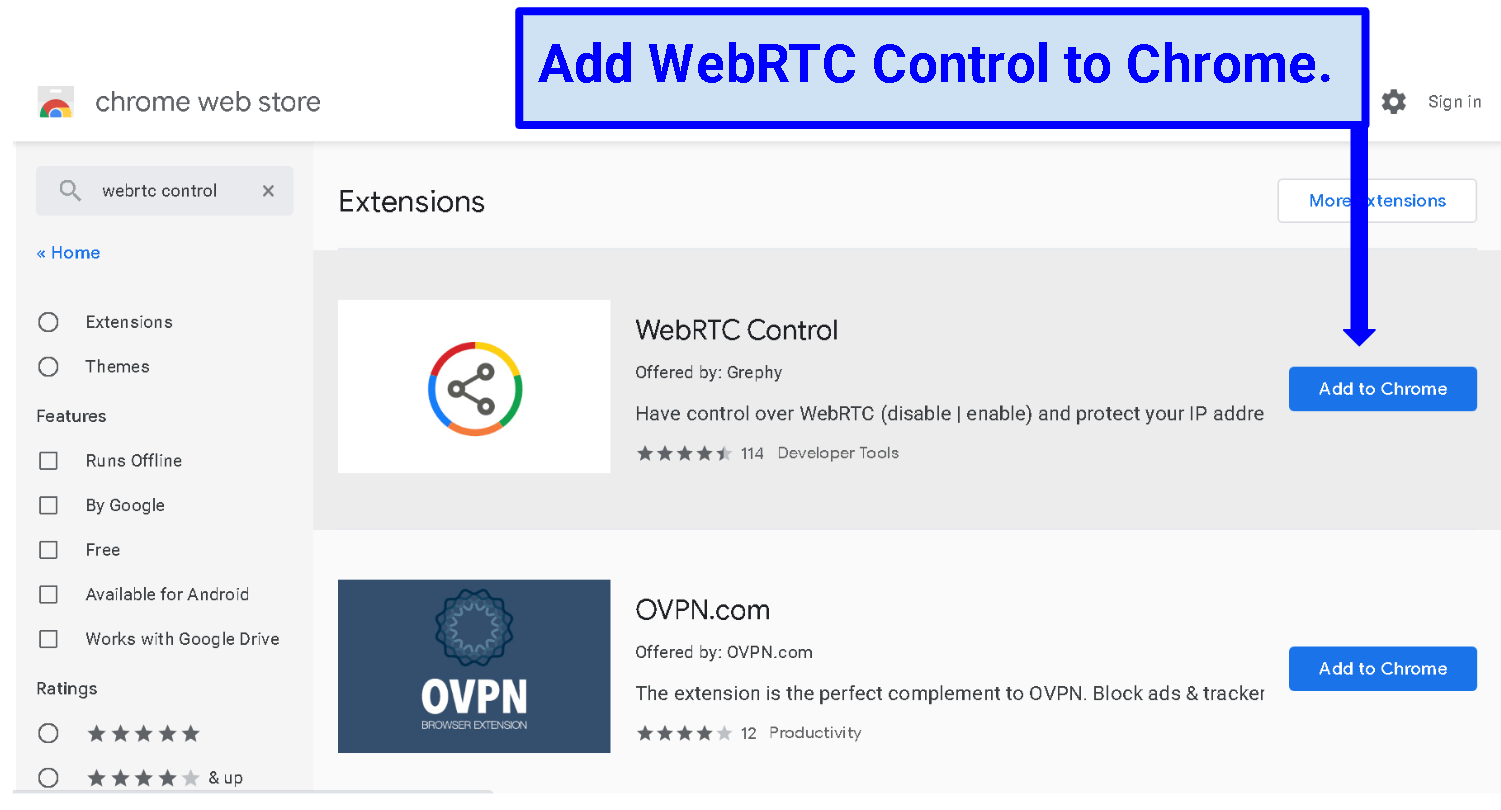

Use this code pen to check future browser support (does not work in Safari because Safari does not allow getUserMedia() in cross origin iframes). I also tested the latest versions of Chrome, Firefox and Safari to make sure changing the constraints has an effect. I’ve used MediaStreamTrack.getSettings() to log to console the settings supported by each browser as MediaDevices.getSupportedConstraints() returns too many false positives. Adding support for these constraints would open up Opus’ flexibility to developers. Understandably some of them are new (autoGainControl and noiseSuppression) but others (sampleRate, sampleSize, and echoCancellation) were added to the spec as early as February 2014. It works with some webcams and laptops with dual mics.Ī surprisingly comprehensive list – at least when comparing with the options Flash gave us – but just as surprising most of them are not widely supported by browsers. channelCount: specifies the number of channels to use with 1 being mono, 2 being stereo.latency: specified in seconds, controls the time between the start of the sound processing and the data being made available to the next step, not so sure why you’d want higher latency but audio codecs do differ in latency.

KEYCLICK SUPPRESSION WEBRTC FULL
Here’s the full list with explanations from both the spec and from my knowledge around how digital sound works: The Media Capture and Streams spec governs the cross browser audio options that should be implemented by all browsers and, in it’s latest Candidate Recommendation incarnation, it defines quite a few audio constraints. Tsahi Levent Levi has a great blog post on why Opus is so great.
KEYCLICK SUPPRESSION WEBRTC FREE
It’s open, royalty free and so flexible it can encode (fullband) music better than the AAC encoder in iTunes but also encode narrowband voice with a latency that’s lower than any other codec’s. Opus is now the default codec for encoding sound in Chrome, Firefox and Safari 11. We were not so sure about HTML5’s audio recording capabilities in Chrome & Firefox when using getUserMedia() and the Media Recorder API as we only saw Opus audio at 48kHz (and Vorbis 44.1 kHz in Firefox 47 and older) while developing both our 1st (WebRTC based) and 2nd generation HTML5 video recorder (Media Recorder API based). Ever since doing our first video recorder back in the 2010s we were able to record single channel audio using NellyMoser’s ASAO codec at up to 44kHz and with Speex at 16kHz using various bitrates. We were well aware of the audio recording capabilities in our legacy Flash based recorder. We started by researching just what kind of audio options are available with HTML5’s new promise based getUserMedia(), the almighty gateway to accessing the user’s webcam and microphone.

I have tried searching but I am not sure what exactly will work for my case and how should I do it. I want some control over the frequencies which can allow me to select a threshold below which sounds will be not picked by mic. It catches even my breathing sound and send that to other side when I place it near my check(like phone call). Even if I slowly move my phone on some surface the mic catches the noise and sends it to other peer. function modifyGain(audioTrack, gainValue),īut I want to silence some higher frequencies too. I found an example of high pass filter using webAudio here.


 0 kommentar(er)
0 kommentar(er)
